Re-imagining experiential learning during the pandemic
The goals of what we’re doing haven’t changed, but the how of what we’re doing certainly has.
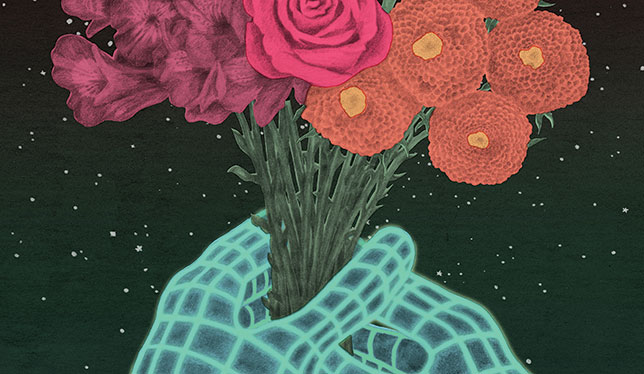
Mike Young, a senior instructor in the department of earth and environmental sciences at Dalhousie University, teaches two field courses that rely heavily on group, in-person experiential learning. In a normal fall semester, he would have expected to take his introductory field course students on six or seven weekly day-long field trips and a couple of overnight excursions. In his fourth-year course, students would normally spend 28 days in the deserts of Nevada and California in the spring. As with much of the university experience this year, he’s having to take a different approach.
Mr. Young had started collecting photos and videos of field locations before COVID-19 hit, with the intention of using them to virtually introduce the less outdoor-oriented students to fieldwork before they ventured out. “There are a variety of experiences that students come to university with,” says Mr. Young. “Those students who spent a lot of time outdoors when they were kids can have a significant advantage because they wouldn’t be so overwhelmed by being outside.” He says he hadn’t yet considered how he would put all the materials together. “I figured I might work that out at some future point way down the road.” When it was clear that fieldwork wouldn’t be possible in the fall, the future was now.
Mr. Young expanded his database, amassing over 70,000 photos, as well as drone video footage, 3D models, photogrammetry and other high-resolution visualizations. He familiarized himself with new software and techniques. “There was a learning curve,” he says. In the fall 2020 term, he assisted seven different classes in offering virtual field trips. “I eagerly and ambitiously put up my hand and said I’ll help everybody,” he says. “I’m glad I did, but I had no idea what I was in for.”
Mr. Young’s experience is reflected across the country. Following the initial shock of spring lockdowns, it became clear that the fall semester would be spent online for much of the university community. In addition to adapting coursework, many turned to the challenge of adapting traditionally hands-on or in-person activities. This widespread re-imagining of experiential learning applies to a full range of activities, from fieldwork, live simulations and labs, to co-op placements, community-based research projects and service-learning opportunities.
This widespread re-imagining of experiential learning applies to a full range of activities, from fieldwork, live simulations and labs, to co-op placements, community-based research projects and service-learning opportunities.
Cara Krezek, the director of co-op, career and experiential education at Brock University, says the programs that are more hands-on have been impacted the most, citing applied sciences, nursing, recreation and leisure studies, and teaching as examples. She says that research by Co-operative Education and Work-Integrated Learning Canada (CEWIL Canada), where Ms. Krezek also serves as president, backs that up. “We have seen that universities haven’t been hit as hard as the colleges, but we do know that the programs that have that very hands-on component, where practicums are required, that’s been one of the challenges,” she says. “If it’s required for their degree, how do we get them that experience?”
At Brock, where the university has committed to offering experiential education in 100 percent of its programs, Ms. Krezek says that, even with the necessary changes this year, experiential learning is still being offered in every program, “although it obviously looks a little bit different depending on what type of experience it is.” She says she’s starting to see more tools like artificial intelligence and virtual reality being used. “I think that a lot of what we’ve seen is doing more of things that we always thought should be done or could be done,” she says. “Work from home, for example.”
Those overseeing co-op placements have often shied away from students working from home during their work terms, but lessons learned over the spring and summer have shifted that perspective. “In our job postings [for co-op placements], at first we saw a dip, but now we’re starting to see them come back up,” she says. “Employers are now saying, ‘Can we just have somebody work virtually?’” She says the change of perspective has “disrupted the way that we are able to have students support different employers and community partners,” adding that she was surprised by the speed of the adaptation and the flexibility shown.
Read also: How to adapt experiential learning activities in the time of COVID-19
The data suggests that not everyone is fully onboard with the new normal, at least when it comes to co-op and other work-integrated learning (WIL) placements. CEWIL Canada asked postsecondary institutions to report on placement rates this academic year, as compared to last. As of September 23, 2020, 46 WIL programs (representing predominantly co-op programs) at 36 institutions reported 18,316 fall placements, down from 21,608 in 2019. While there are fewer placements this year, “the numbers are extremely better than we anticipated,” says Ms. Krezek. Over the months of the pandemic, she says, the numbers were fluctuating quite a bit, but “because of the flexibility measures put in by the federal government for the Student Work Placement Program, including allowing institutions themselves to be able to hire students for WIL experiences, the numbers were much better.”
Despite the positive news, almost 8,000 students were still seeking placements this year, compared to about 3,000 in 2019. Ms. Krezek attributes that, at least partially, to the natural growth of WIL, saying they usually see year-on-year growth. She notes that the number of people seeking placements is expected to increase further when international students return to Canada.
A number of programs, at both the institutional and national level, have sought to fill the gap in opportunities for students. At Carleton University, the Students as Partners Program matches students with course instructors to help the instructors prepare online courses for the winter 2021 term. Students are paid $15 an hour, with funding coming from the university’s teaching and learning services. A similar program is being offered at McGill University, with wage subsidies provided under the federally funded TECHNATION Career Ready Program.
“Early on, we were very worried that we weren’t going to be able to find any partners. The community partners were really pushing back, saying that they didn’t have capacity to take on students remotely or in person.”
New WIL centres are also being created to expand work opportunities for students. The University of Lethbridge launched Career Bridge, its new Centre for Work-Integrated Learning and Career Development, in September. Integrating co-op, applied studies, career services and an experiential transcript advisor, the centre focuses on increasing opportunities for students, with the goal of ensuring “every student at the University of Lethbridge will have the opportunity to get either WIL or career development experience,” says the centre’s acting academic director, Stacey Gaudette-Sharp. Vancouver Island University has partnered with North Island College on an online hub called Vancouver Island Work-Integrated Learning, which aims to connect regional employers and students.
On the national level, the Business/Higher Education Roundtable (BHER), whose membership consists of both private sector organizations and postsecondary institutions, launched the Canada Comeback Challenge this past September to create WIL opportunities that contribute to Canada’s COVID-19 recovery. Federally funded, the challenge is an online, national competition that has student teams choose from 75 challenges currently facing not-for-profit, public and private sector organizations. Among the 27 organizations involved are G(irls) 20, a charity that promotes the leadership of young women, Restaurants Canada and the Tourism Industry Association of Canada. Students aren’t paid for their involvement but can receive funding to cover some expenses.
There are signs that interest from community partners, which includes non-profit and public organizations, has started to recover as well. Vicki Lowes, director of experiential learning and outreach support in the University of Toronto’s faculty of arts and science, says that “early on, we were very worried that we weren’t going to be able to find any partners. The community partners were really pushing back, saying that they didn’t have capacity to take on students remotely or in person.” By mid-September, Dr. Lowes says, they were experiencing a resurgence of interest. “It’s like people kind of got their feet on the ground and were able to take a breath. In one of our courses, a human biology course called Health in the Community, they’ve actually had more partner requests than they have students.”
Dr. Lowes says that, while things are not back to normal and a majority of the community-engaged learning placements are happening remotely, requests for in-person placements also started to return this fall. Placing students in physical work environments, however, has become more complicated. “We’ve had to come up with formal policies and procedures for what that would look like. How do we back those in-person placements? When do we allow students to go? What has to happen at the host site for those students to be there?”
CEWIL Canada’s recent data collection indicates that the vast majority of higher education institutions are considering in-person placements, with 94 percent of those polled saying they were allowing in-person work experiences. Notably, only 24 percent of the higher educational institutions indicated that they required documentation to confirm organizations are following public health guidelines.
As organizations face a new range of considerations and requirements, not everything is different in the new normal. Anita Abraham is the director of experiential learning at Ryerson University. “Our goals for experiential learning actually haven’t changed,” she says. But, “how we are doing it certainly is being required to change.”
Ms. Abraham says she and her team had “a little bit of an identity crisis pretty early on in the pandemic, thinking what the heck does this work look like when the world is shut down?” To find direction, she says her team turned their attention to the core defining aspects of what makes up experiential learning. It is “really about ensuring that there are curated learning outcomes, that there’s a curated experience, that there’s effective reflection, assessment, integration,” says Ms. Abraham. “That gives us a lot of space to innovate, to think outside of the box, to push boundaries.” She says the situation has called on faculty members to “re-imagine and re-examine. What are their learning outcomes for students? What are they really trying to teach? And are there ways they can teach them to the same outcome but in a different way?”
She points to Ryerson’s faculty of science as an example. The faculty has been piloting their new Ryerson Augmented Learning Experience (RALE) in some of their first-year chemistry and biology labs this fall. RALE combines real-time Zoom sessions with augmented reality lab exercises. Students are able to virtually manipulate three-dimensional equipment, such as a microscope or pipette, using only their phones.
Andrew McWilliams, chair of the department of chemistry and biology at Ryerson, says “the idea of starting to use some augmented reality components as our alternative, which we could later turn into some pre-lab exercises for the students, sounded like a great way to try to address the issue.” While the RALE system is still evolving, he says, the intention is to eventually implement the system in every course that has a lab component – but not to the exclusion of in-person labs.
“We’re not willing to replace in-person learning [in the long term] because, even if we can ultimately get to virtual reality … there’s a difference between tapping a screen or pressing a button and actually using your hands to set up an experiment,” says Dr. McWilliams.
While many adaptations had to occur on the fly due to COVID-19 restrictions, they could lead to longer-term changes. Ms. Krezek says the experiences of this year will likely have lasting impacts on traditional co-op approaches. Typically, co-op involves a student spending all their required time with one employer, but because of COVID-19 some employers indicated that they couldn’t manage a co-op student full-time. This had led some students to spread their time over several employers. Ms. Krezek says she doesn’t want to lose the robust, high-quality standards of co-op, but “at the same time, there are a lot of different ways to get there.”
“We’re not willing to replace in-person learning [in the long term] because … there’s a difference between tapping a screen or pressing a button and actually using your hands to set up an experiment.”
For Mr. Young, when he first started collecting photos for his field courses at Dalhousie, he thought the photos and videos could also potentially help support virtual access to field locations for students with mobility issues. His experience preparing the fall courses has inspired him to consider other ways of expanding this access. “Maybe we can experiment with live streaming,” he says. “Perhaps pair a student in the field with a student who can’t make it to the field.”
As for his spring field trip to the U.S., Mr. Young says it will almost certainly be canceled for this year. But he hopes to do a replacement field school locally “so that we don’t have to resort to this virtual thing,” he says. “By May, we will all likely be thrilled at that prospect.”

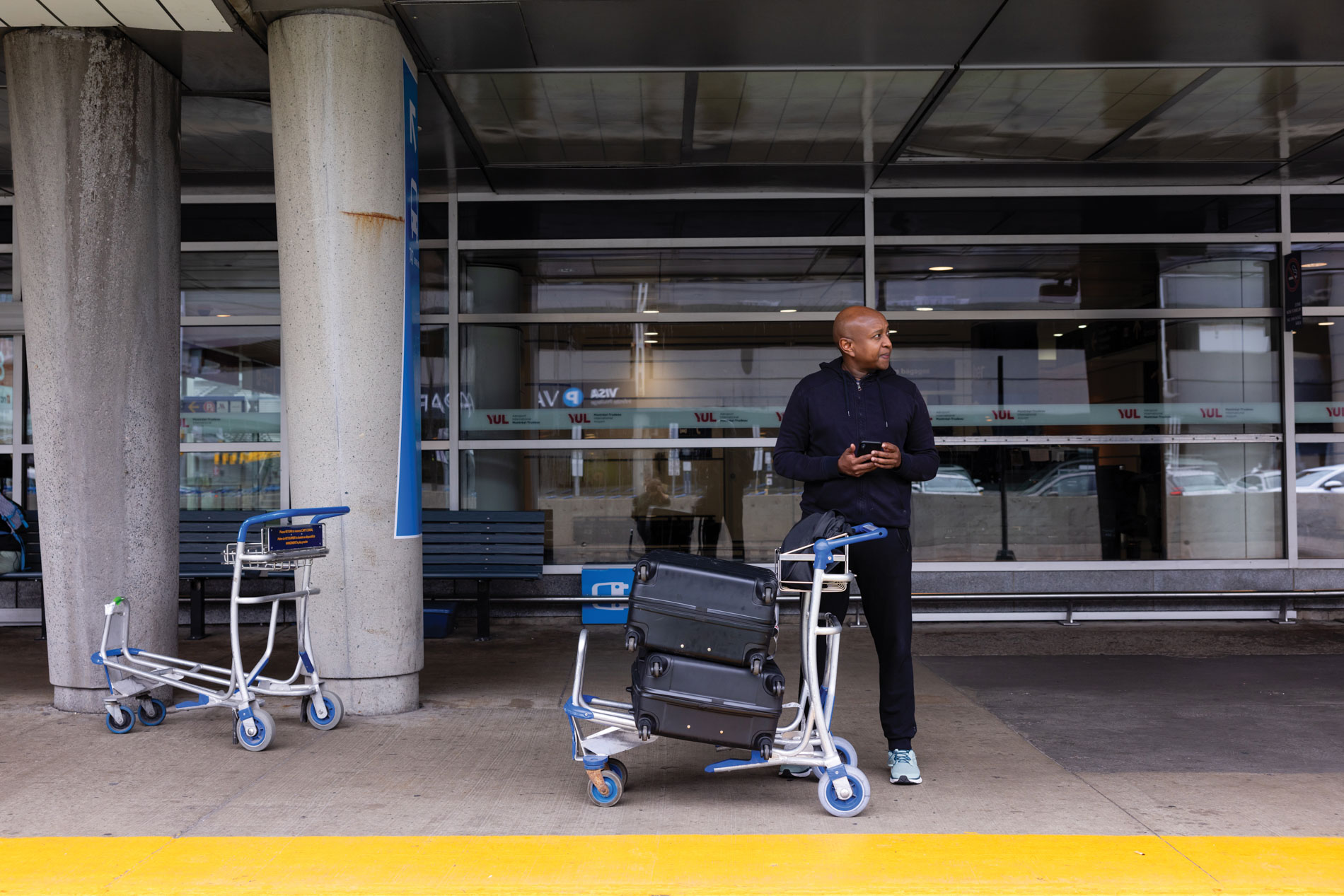
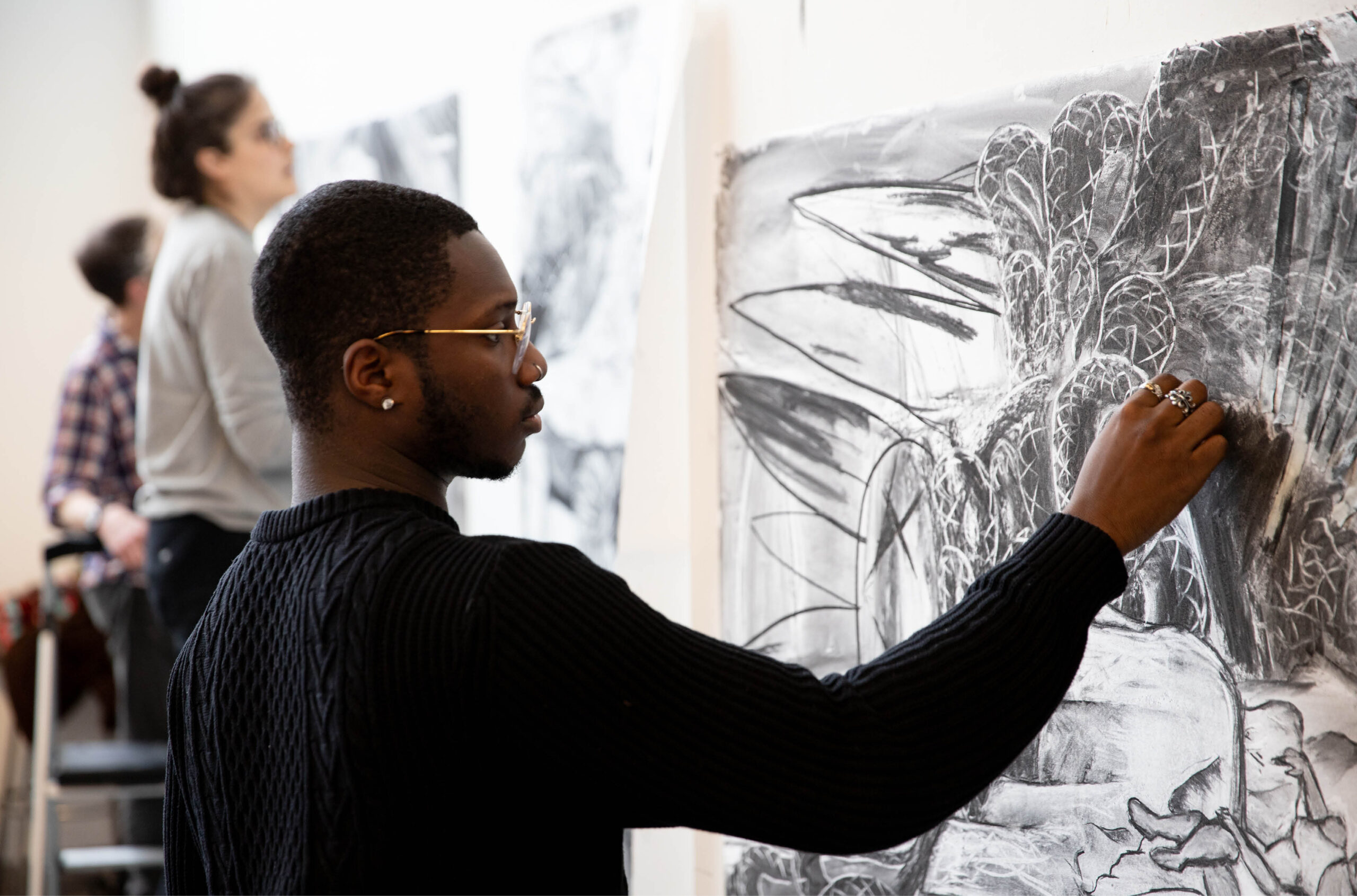
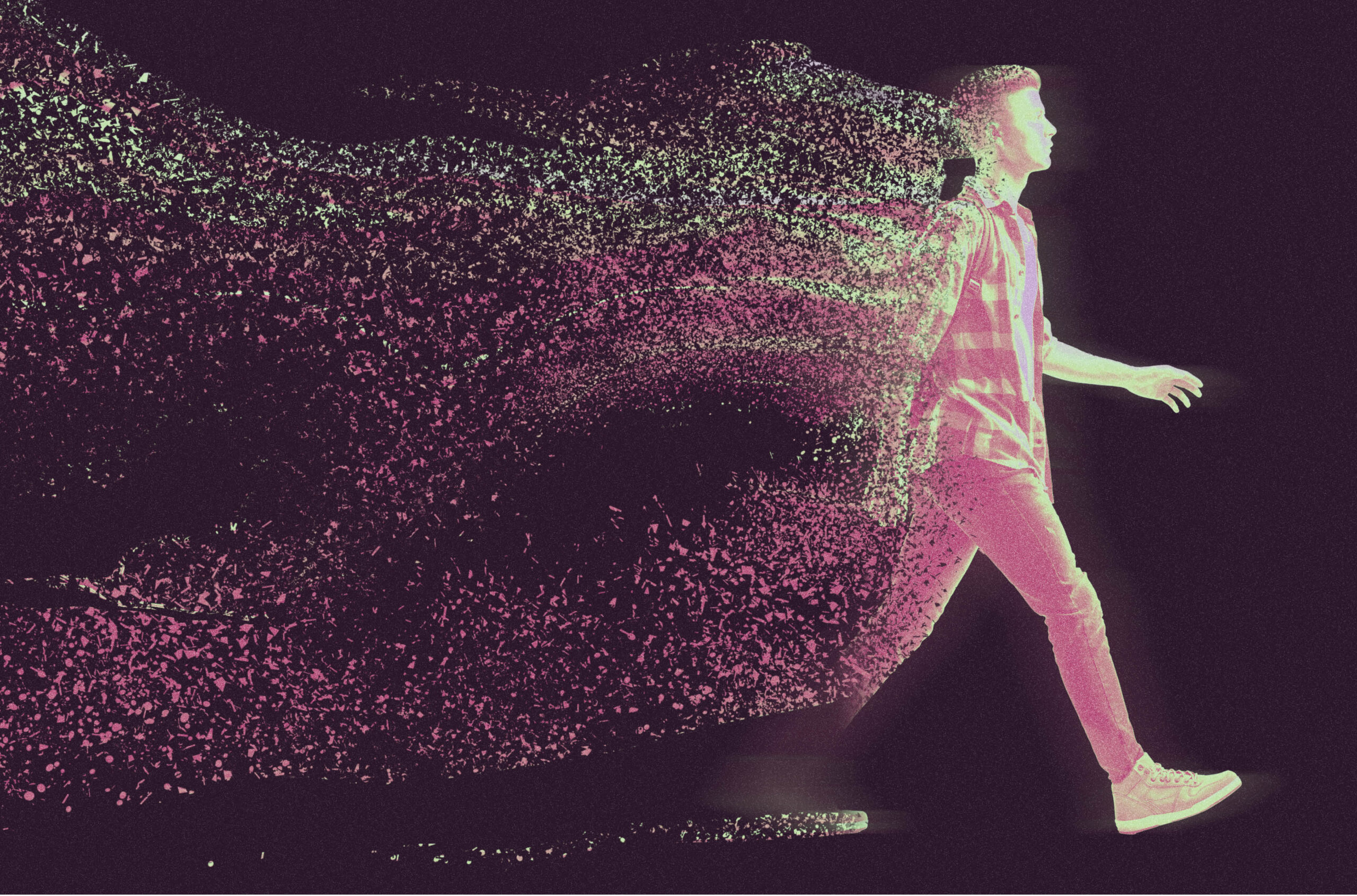
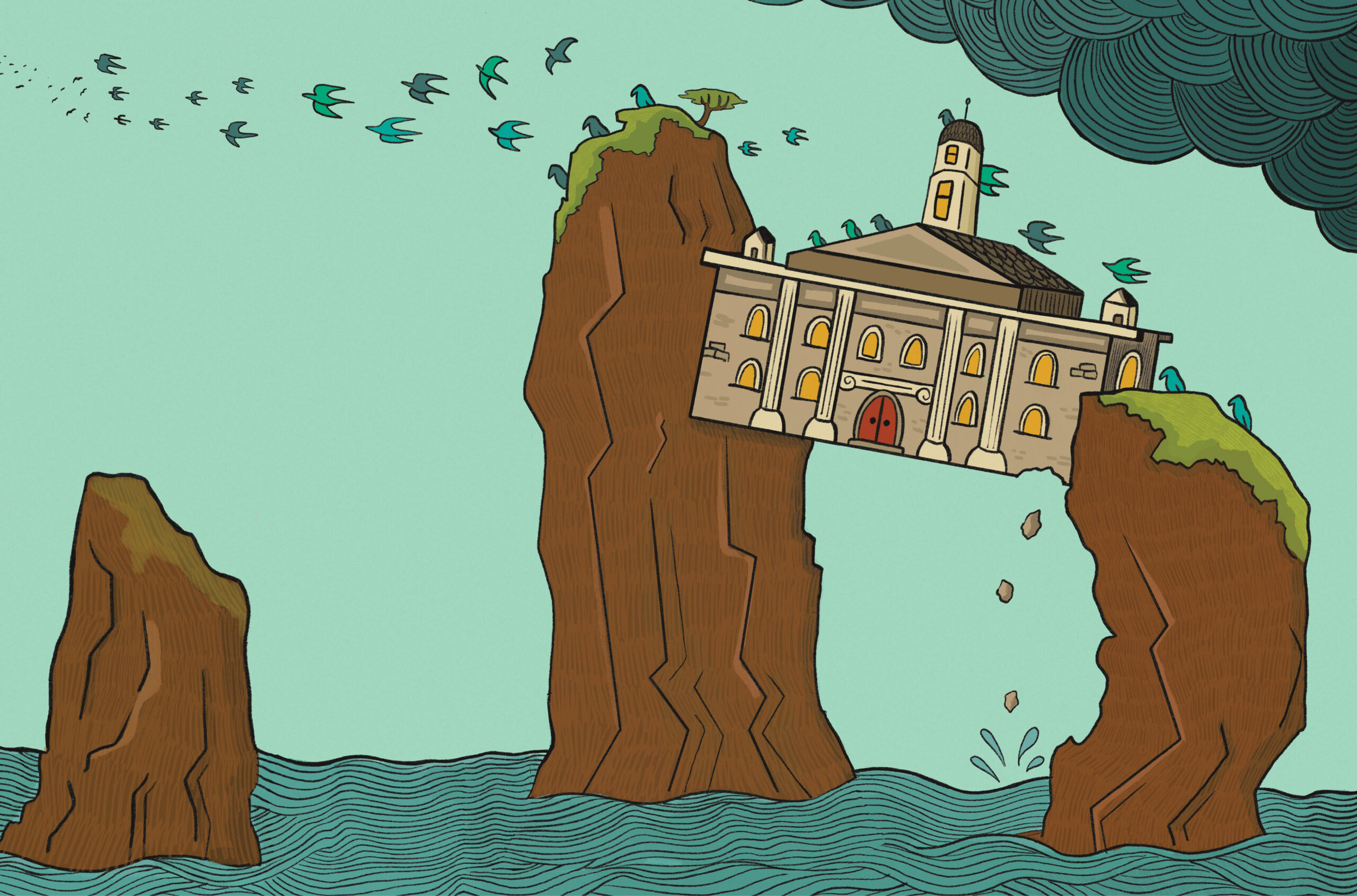


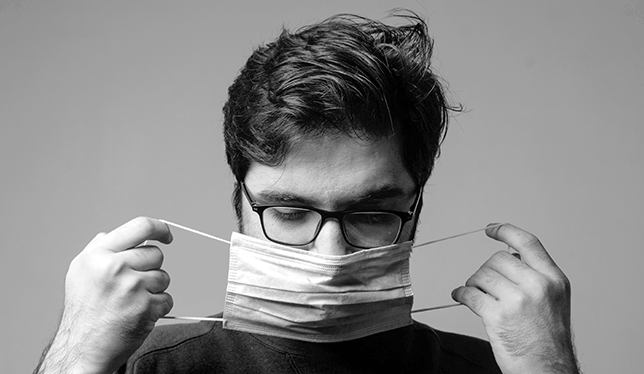
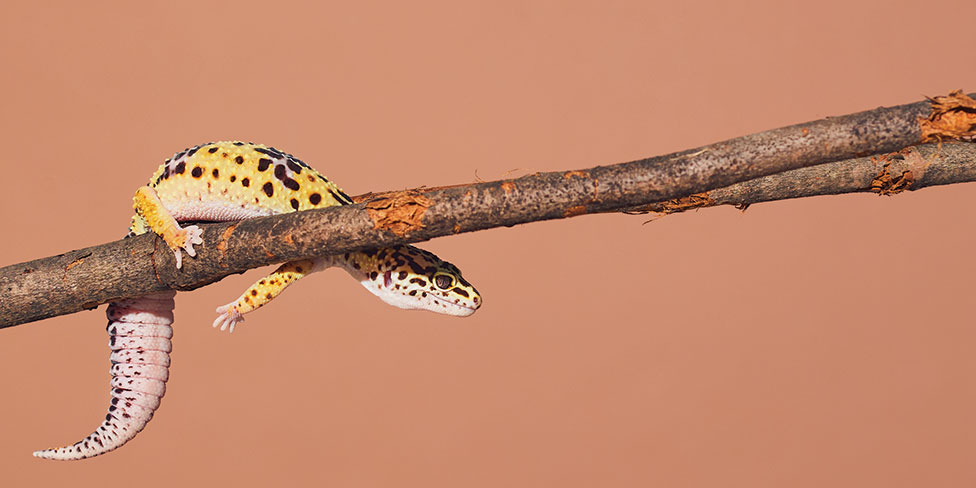
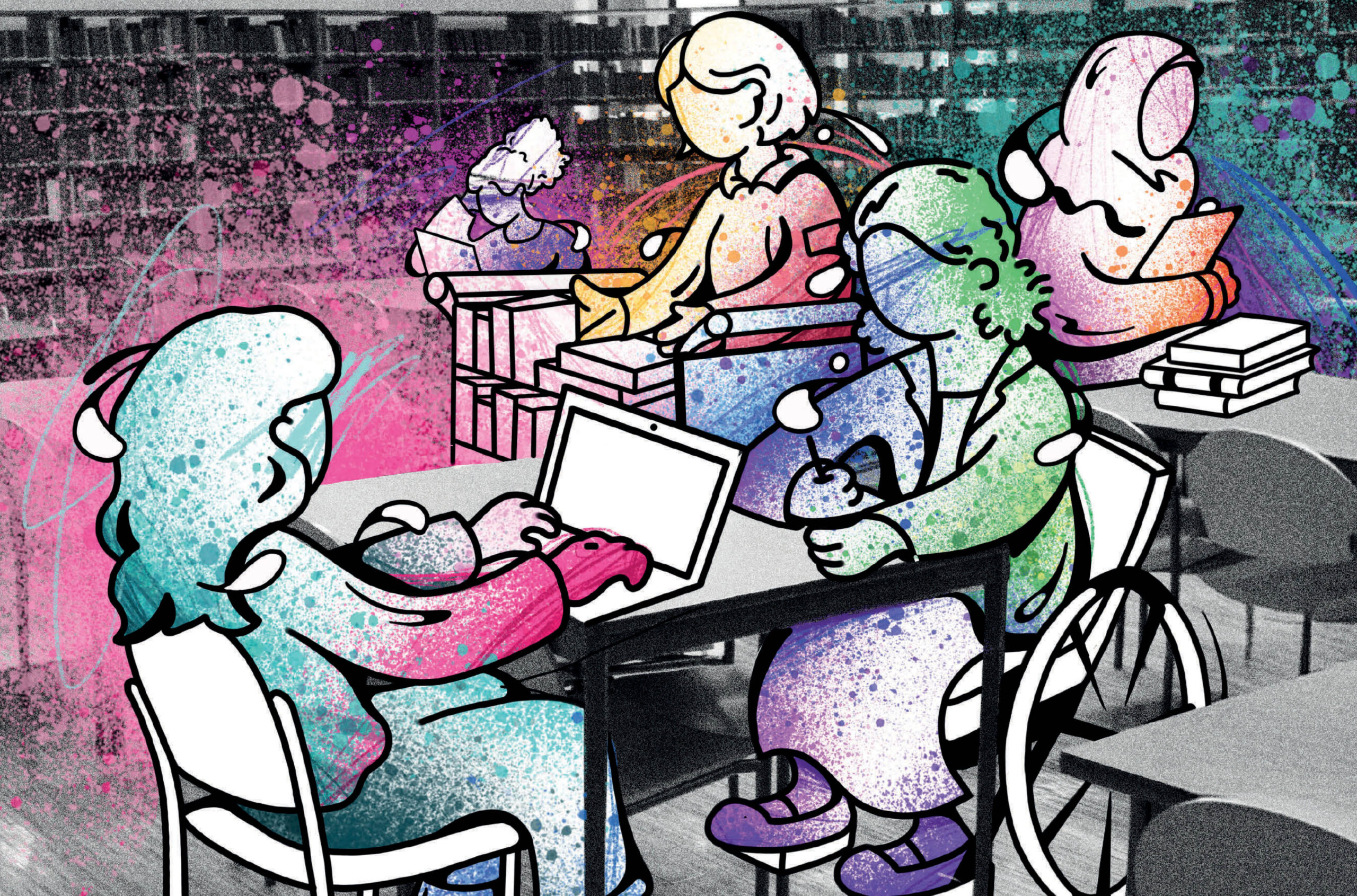
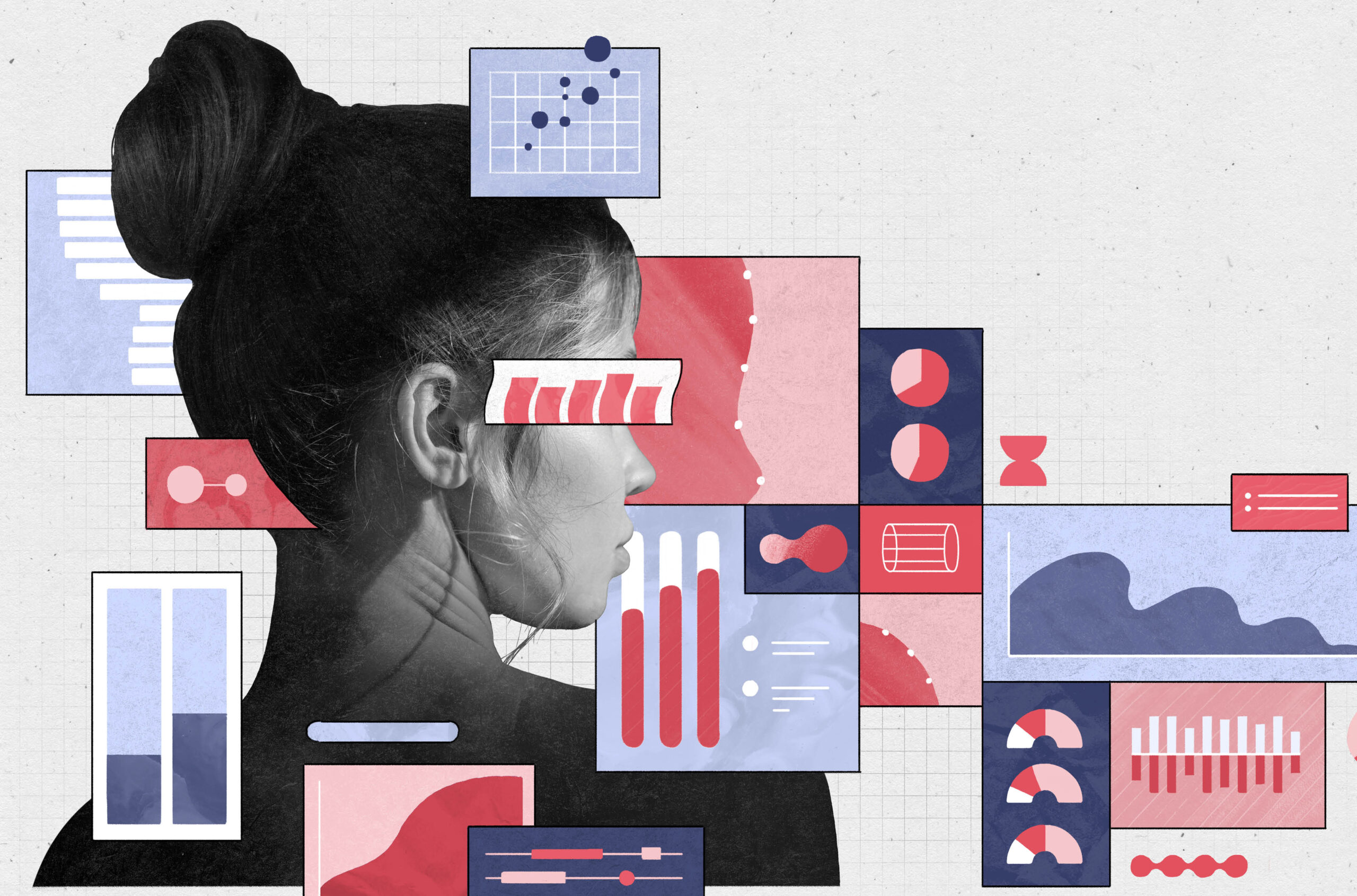

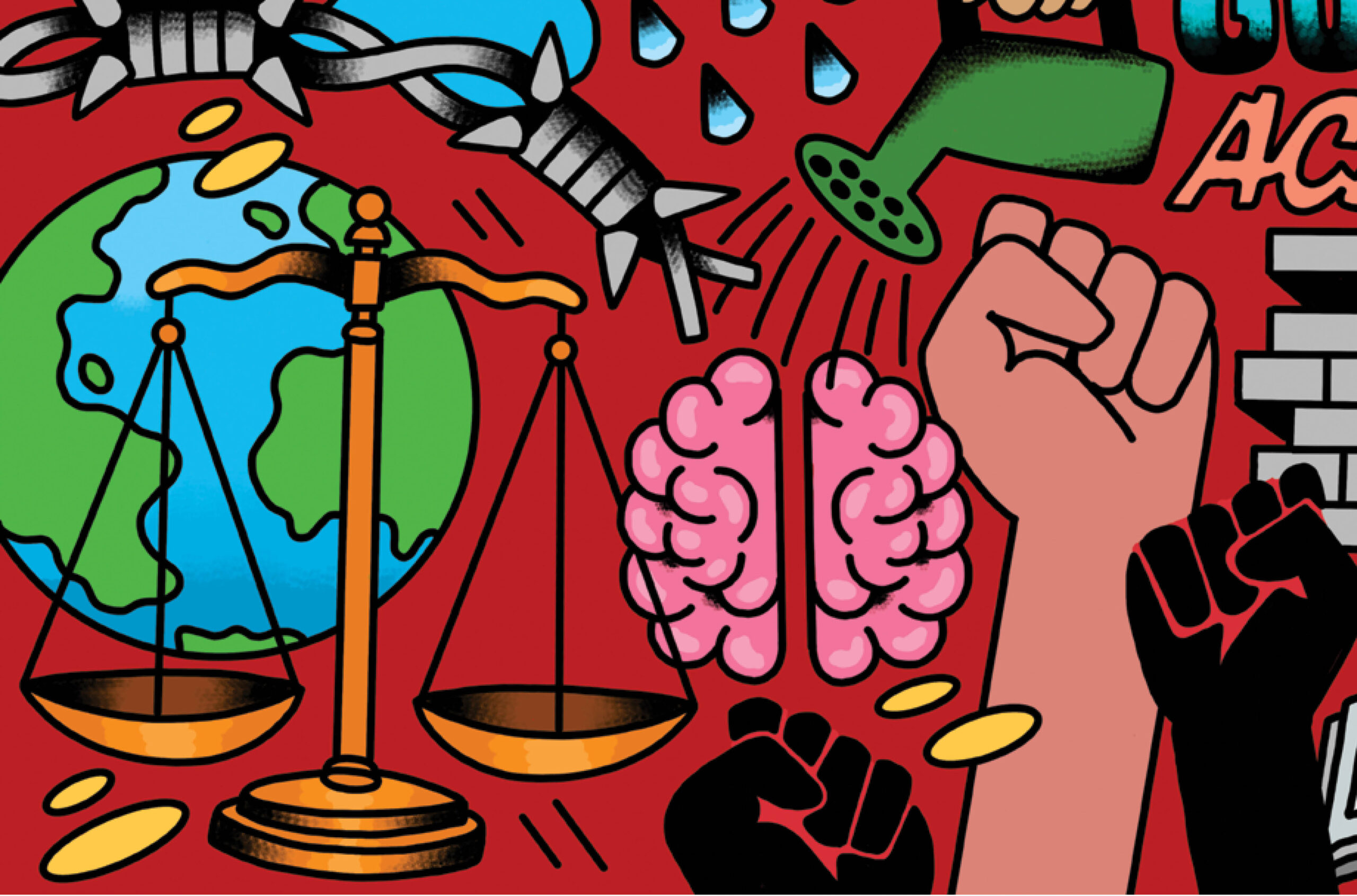
Post a comment
University Affairs moderates all comments according to the following guidelines. If approved, comments generally appear within one business day. We may republish particularly insightful remarks in our print edition or elsewhere.